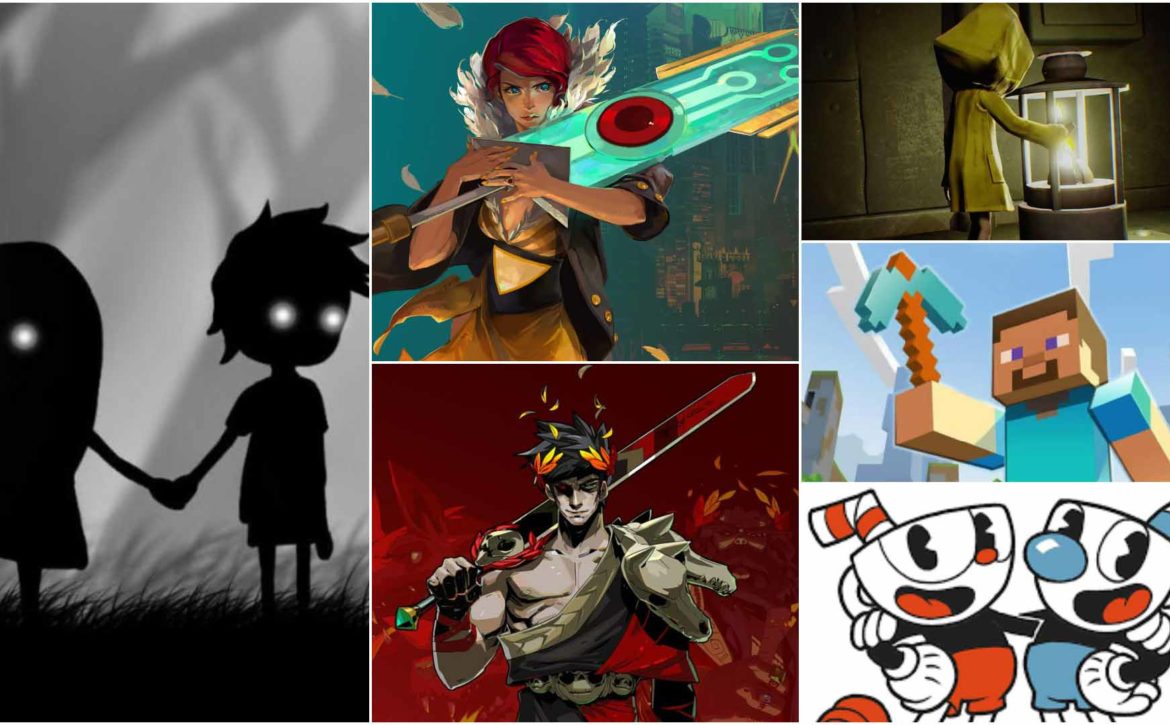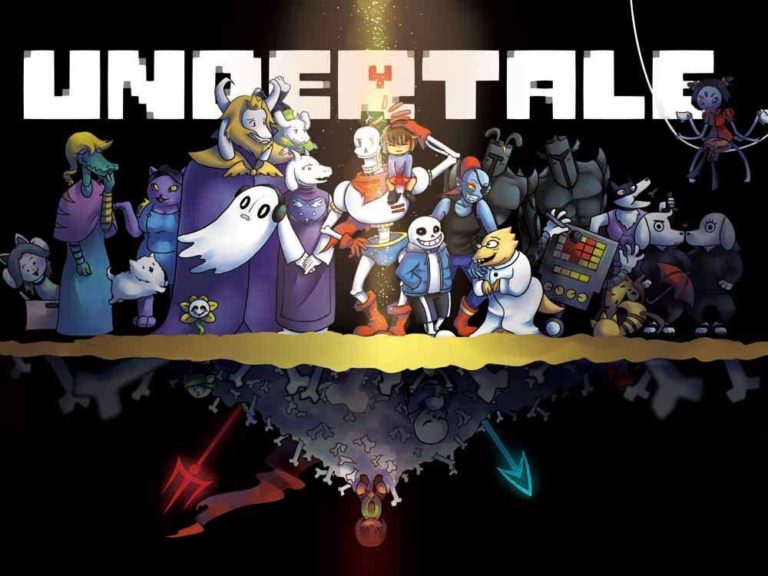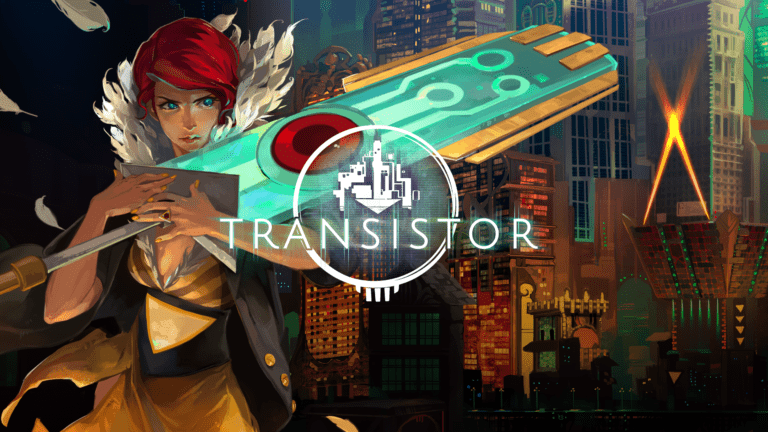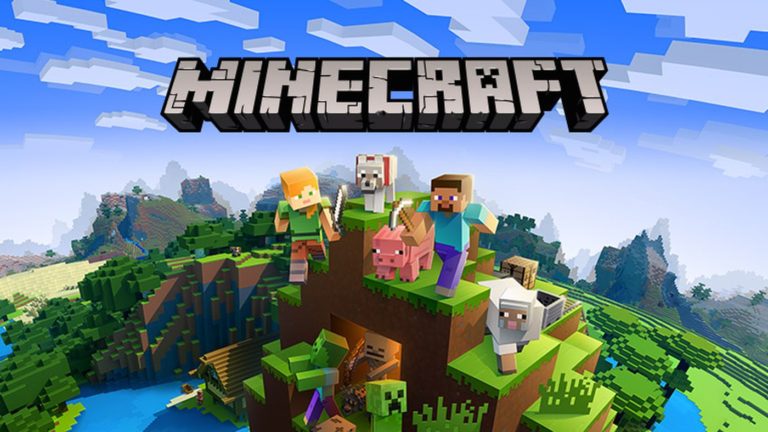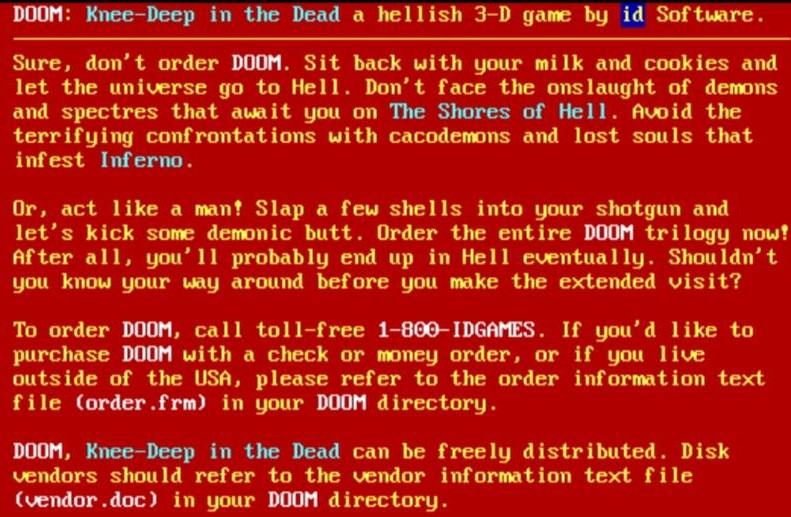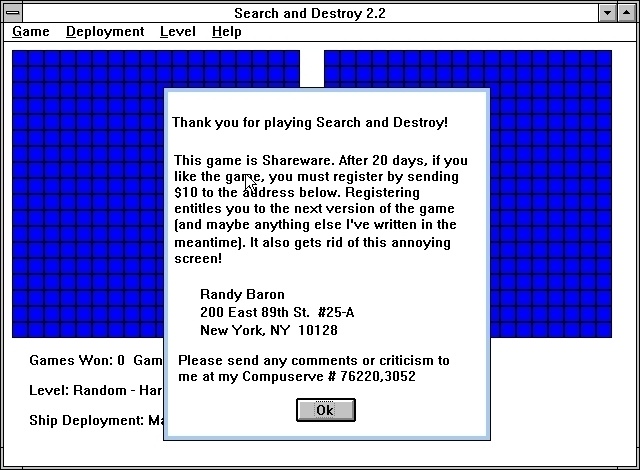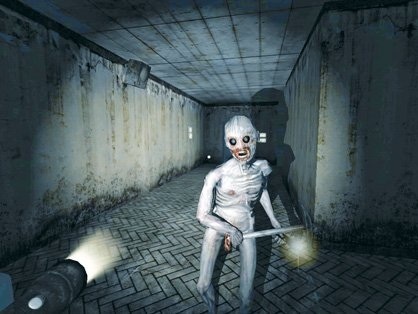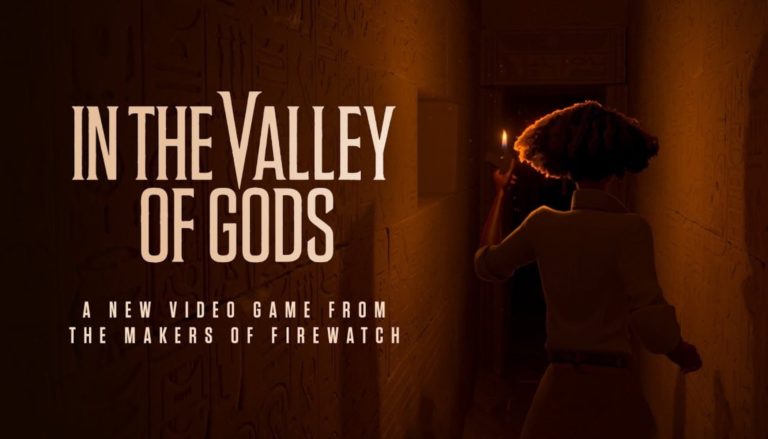Indie, AAA, and AA Games: A Comparison
This is a part of Gameopedia’s Game Terminology and Taxonomy series, where we talk about the different kinds of game categories and aim to give our audience in-depth knowledge about them. This blog consolidates the difference between the major classes of games- Indie, AA, and AAA.
The video games industry generated almost $180 billion in 2020. In 2021, the video game market size in just the United States surpassed $85.86 billion. Video games, whether they are AAA, indie, or AA titles are important as a market for not just their significant revenue numbers but also for the value they create for the video game ecosystem. We’ve extensively covered AAA and Indie games in our previous blogs and broken them down based on factors like their budget and scope. However, to make it easier for those who use these classifications, we’ll discuss the salient points of each video game class and distinguish between them.
Deciphering Indie, AAA, and AA Games
While many find these informal yet effective definitions of benefit, game developers and publishers use them for marketing. Another group of people who use them extensively are e-retailers while categorizing game titles and pages.
Let’s look at the basic definition for each before we head into the differences between them.
Indie Games: Indie game stands for independent video game. Indie game companies are of two kinds. The first refers to the “independent” status of the company- they are not owned by a parent company that defines the company’s direction. The other refers to the small, self-funded nature of these companies. In the indie game industry, studios are often made up of less than ten people (sometimes even one person) and usually depend on crowdfunding and donations to fund their games. There are some highly successful indie studios who are financially stable but still produce smaller games. Examples of Indie games include Transistor, Minecraft, and Celeste.
AAA Games: These are game titles made by companies that can produce huge, blockbuster-style games. They have large budgets – both for development and marketing – and they sell several million units upon release. These companies are staffed by hundreds of people, usually spread across offices in multiple countries. Examples of AAA games are the Assassin’s Creed series, FIFA titles, and Final Fantasy games.
AA Games: These are titles made by companies with significantly smaller budgets allocated to produce their games. They are still developed by large groups of people spread across multiple offices, but they do not have the scale and reach of AAA games. Some examples of AA games are Life is Strange, A Plague Tale: Innocence, and Remember Me.
What Separates Indie, AAA, and AA Games
Let us look at how these game classes stack up against each other.
| Indie | AAA | AA | |
|---|---|---|---|
| Development Budget | On average, the real development cost of an Indie game is around a few thousand dollars to $1 million. | Ranges upward of $50 million, if not significantly more. It is estimated that GTA V cost over $137 million just to develop. | The costs for these are extremely variable, lying between that of an indie and a AAA game. For instance, the pre-production budget for Life is Strange was around €4 million. |
| Marketing Push | Indie games often rely on word of mouth or curated collections to be made known to their audience. Social media, communities, and forums are also major points of importance for their marketing push. | Marketing budgets can also be similar to or even higher than the development cost. An example would be Final Fantasy VII, which cost around $45 million to make, and had a U.S. marketing budget of around $100 million. | There are not many concrete details available about AA game marketing budgets but they are between those of indie and AAA games, but usually a lot less than the latter. For instance, PUBG had no marketing budget at all but used word of mouth by partnering with Twitch streamers to promote their game. |
| Team Size | Indie games are made by small teams, at times consisting of just one person. For example, Undertale in its entirety was made by one Toby Fox. | The production teams for AAA title video games are huge, with at least 50 to 100 employees working on it. For instance, at Ubisoft, AAA game development for open world games involved 400 to 600 people. | Again, detailed data is not exactly available for AA games. However, going by games like Life is Strange, whose team grew to a size of about 40 people, Hellblade: Senua’s Sacrifice, which had a team of 20 people, and PUBG with 35 people we can say the size is usually below 50 people. |
| Dedicated Publisher | They don’t have a dedicated publisher, or if they do, they maintain creative freedom. | These games are usually published and made by large, established companies with a great deal of experience. | A double-A development studio will typically be backed by a publisher but not fundamentally part of that publisher, and thus have somewhat more freedom to innovate and experiment compared to AAA studios. |
| Graphics & Technology | They tend to focus more on innovation, storytelling, and fun mechanics. Their graphics and technology are usually far from cutting edge | AAA games tend to use the latest technologies like game engines and custom development tools. They often develop their own proprietary game engines, such as Epic Games’ Unreal Engine and use expensive tech like motion capture to render gorgeous cinematics and animations. | AA games usually prioritize excellent gameplay and storytelling, or innovative mechanics. However, their graphical and technical quality is certainly high-quality, if not cutting edge. |
| Production Values | Indie games are usually smaller in scale compared to their counterparts. Their voice/acting talent might not be the best in the industry however and these games tend to focus on interesting mechanics and excellent storytelling because of their limited budgets. | Triple-A games hire famous and established voice actors and character models for their games. For example, Mark Hamill voiced the Joker in Arkham Asylum and Kit Harrington was a major antagonist in Call of Duty: Infinite Warfare. | AA games fall in the middle: they are expected to have good production values, but often, character models and voice actors feature people who aren’t very famous. A Plague Tale: Innocence went to the extent of developing their own proprietary engine and putting extensive detail into textures and lighting. |
| Franchising | If an indie game is successful, their developing studio might be acquired and sequels made, or the developers might make a sequel themselves. Some examples are Axiom Verge 2 and the to-be-released Hollow Knight Silksong. However, these are the exceptions rather than the norm. | These are usually intended to become video game franchises post-success. For example, FIFA and Assassin’s Creed. | These games tend to become franchises if their first venture proves a success. Example: A Plague Tale: Innocence, has a sequel Requiem expected in 2022. |
| Threshold for Success | Titles in the Indie game industry have a low threshold for success as their development budgets are lower. | These games have a high threshold for success and ideally sell upward of 2~ million copies to break even if not be profitable, though this depends on their total budget. | While data is not easily available for AA games, going by their budgets, their threshold lies between AAA and Indie Games. |
| Streaming and Content | Indie games like Among Us created a huge buzz in 2020 thanks to streamers playing it in groups. Minecraft has always had a huge YouTube community as well. | A lot of AAA titles are streamed on platforms like Twitch and Youtube, generating millions of views. Watching their streamers play through games like Genshin Impact or The Witcher 3 is an enjoyable pastime for many. | AA games like It Takes Two and Life is Strange are often played by popular streamers to their audiences on platforms like Twitch and generate a large number of views. |
| Esports | Indie games aren’t very prevalent in e-sports. | AAA titles account for most of the esports happening around the world, be it Valorant or League of Legends to name a few. | A games contribute to esports on occasion. PUBG being a famous example that revitalized the battle royale genre and contributed to more esport events for this genre. |
| Notable Examples | Celeste, Minecraft, Transistor, Hades. | Assassin’s Creed, FIFA, The Elder Scrolls, the Final Fantasy video game franchise. | A Plague Tale: Innocence, It Takes Two, Life is Strange, PUBG. |
From the table above, you can see the notable characteristics of each game class as well as the key differences between them. This should be able to help you distinguish between AAA, AA, and Indie games.
Conclusion
With this blog we have tried to understand the characteristics of the different game classes. We at Gameopedia have specialized in collecting and curating game information about AAA, AA, and Indie game titles for the last 12 years and have been working with companies across the gaming ecosystem. From release dates, genres, and descriptions to in-depth game breakdowns, we strive towards providing the best to our clients. Reach out to us at [email protected] to learn more about our offerings.


